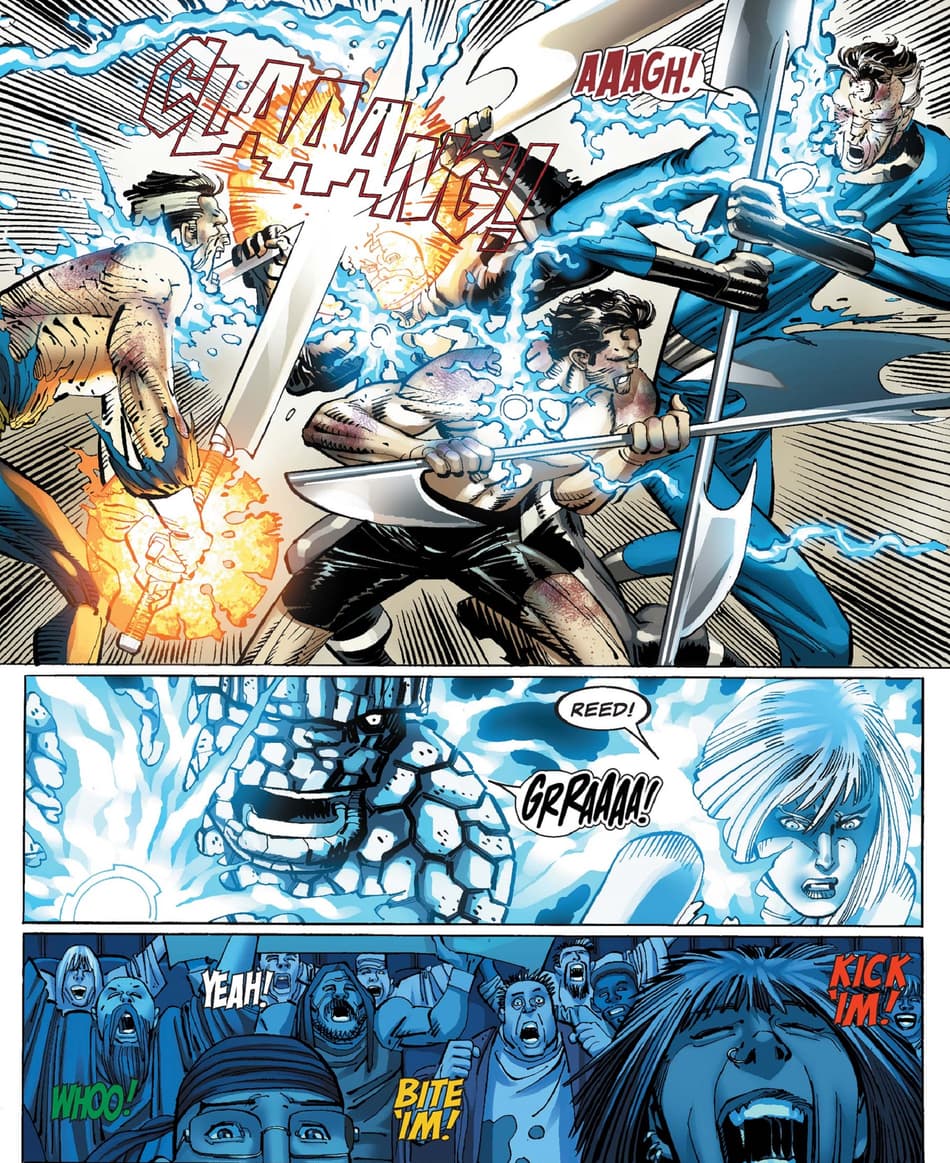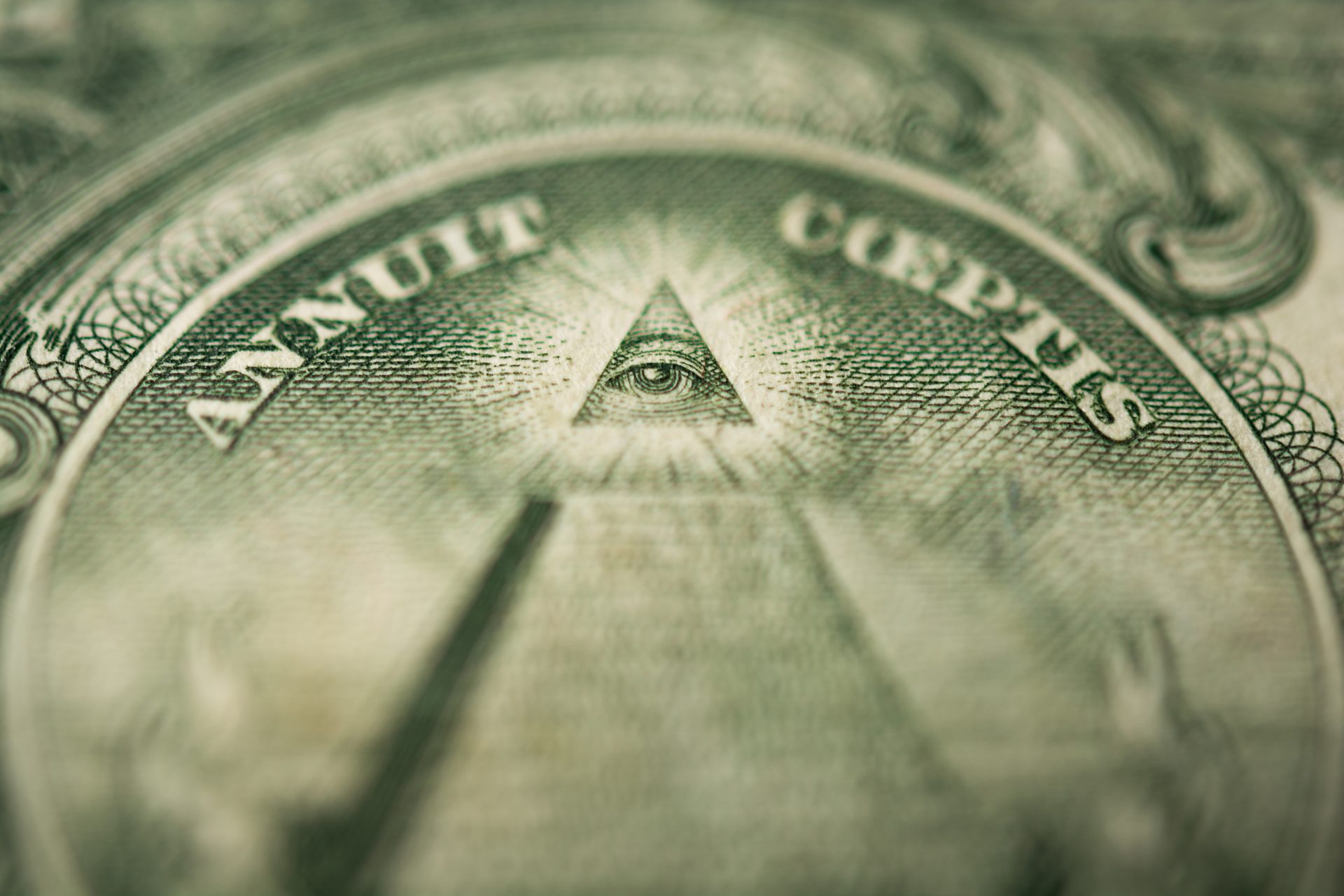A Detailed Guide on How to Join a Masonic Lodge Near You
Wiki Article
Discovering the Mysteries of the copyright: What You Required to Know
The copyright, a term often shrouded in intrigue and controversy, stands for a complicated tapestry of historical fact and contemporary misconception. Established in the late 18th century, this secret society was originally rooted in the Knowledge's ideals but has actually because become identified with conspiracy theory theories concerning elite control (benefit of joining freemason).Beginnings of the copyright
The beginnings of the copyright are steeped in a mix of historical intrigue and ideological eagerness. Established in 1776 in Ingolstadt, Bavaria, by Adam Weishaupt, the team was initially developed as a secret society focused on advertising Enlightenment perfects such as reason, secularism, and the separation of church and state. Weishaupt, a teacher of canon regulation, sought to test the prevailing authority of the church and state, which he considered as oppressive organizations suppressing intellectual and personal freedom.
Key Numbers and Participants
Who were the critical numbers that shaped the copyright's very early impact and direction? The Bavarian copyright, established in 1776 by Adam Weishaupt, emerged as a response to the oppressive social structures of the time. Weishaupt, a regulation professor, imagined the company as a way to promote Knowledge perfects such as reason, secularism, and equal rights. His first recruitment efforts included significant intellectuals, such as Baron von Knigge, who played an essential function in increasing the group's membership and organizational structure.An additional substantial figure was Johann Gottlieb Fichte, a noticeable philosopher whose concepts on nationalism and education resonated with the copyright's goals. Although Fichte was not an official participant, his philosophical bases affected the team's ideological background. Additionally, figures like the writer and theorist Johann Wolfgang von Goethe were related to the more comprehensive intellectual motions of the moment, although their straight participation with the copyright continues to be discussed.
These crucial numbers added to the copyright's very early instructions, pressing the limits of political and social thought, while their collective efforts aimed to test well-known standards and promote an environment of modern modification in Europe.
Myths vs. Truth
Numerous false impressions border the copyright, usually blending fact with fiction in a means that obscures its real nature. The concept that the copyright continues to apply considerable impact over world occasions is a myth.An additional common myth is that the copyright makes up a network of elite people controling international affairs. Actually, several conspiracy theories exaggerate the team's importance, attributing unproven motives to social trends and occasions. This has led to an oversimplified view of intricate problems.
Additionally, the portrayal of the copyright in popular society commonly further misshapes its legacy. Films and literary works tend to sensationalize the company's duty, creating a story that deviates from historical realities. Understanding the difference in between the myths and the truth of the copyright is essential for critical the real impact of this historical team and identifying the broader effects of conspiracy theories in modern culture.
Modern Interpretations
Contemporary interpretations of the copyright commonly mirror more comprehensive societal stress and anxieties and an attraction with privacy and power. This modern-day lens frequently connects the copyright with conspiracy theory theories visit their website that recommend a covert elite manages globe occasions, adjusting governments and economic situations for their own gain. benefit of joining freemason. Such narratives use an ingrained question of authority, particularly in times of crisis or social upheavalIn prominent culture, the copyright is commonly shown as an omnipotent company shrouded in enigma, leading to a huge selection of imaginary representations learn the facts here now in literary works, movie, and songs. This representation offers not only to amuse however also to prompt thought of the nature of power and control in modern society. Social network has even more enhanced these analyses, allowing for fast dissemination of conspiracy theories and developing areas that share and broaden upon these concepts.
In addition, some modern-day interpretations frame the copyright as a metaphor for the intricacies of globalization and the interconnectedness of prominent individuals and companies. This viewpoint motivates an essential assessment of exactly how power dynamics run in today's globe, highlighting the balance in between transparency and privacy in administration and company techniques.
Social Influence and Heritage
Influenced by centuries of intrigue, the cultural impact and heritage of the copyright prolong far past its historical beginnings. This secret society, developed in the late 18th century, has actually permeated numerous aspects of pop culture, from literature and film to music and art. The principle of the copyright has evolved right into a symbol of conspiracy theory theories, usually standing for a viewed hidden power adjusting global occasions.In literature, writers like Dan Brown have woven the copyright into detailed plots, exciting readers with motifs of secrecy and power. Films such as "National Prize" and "The Da Vinci Code" better continue the allure of navigate to this site the society, mixing fact with fiction to produce engaging narratives.

Eventually, the copyright's legacy is an intricate tapestry of myth and fact, shaping perceptions of privacy and control in contemporary discourse. Its enduring visibility in culture emphasizes humankind's seasonal mission for recognizing concealed facts.
Conclusion
The expedition of the copyright reveals an intricate interplay in between historical truths and contemporary myth-making. Established in the Knowledge era, this society intended to challenge overbearing frameworks, yet its tradition has been outweighed by conspiracy theory theories that suggest elite adjustment. Comprehending the differences between the original perfects and contemporary analyses is vital for understanding the enduring fascination with the copyright and its substantial influence on cultural narratives bordering power and privacy in society.Report this wiki page